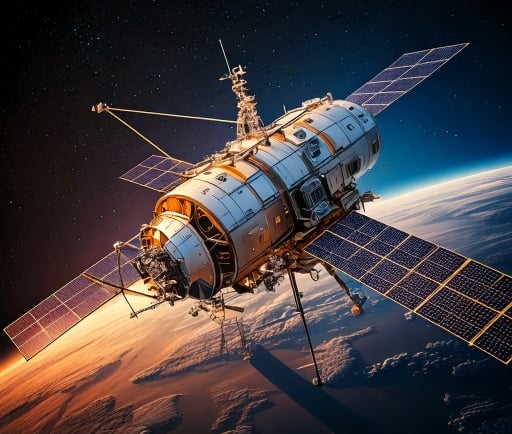The Cygnus Spacecraft: A Vital Link to Low-Earth Orbit


Introduction to the Cygnus Spacecraft
The Cygnus spacecraft, developed by Northrop Grumman, serves as an essential component of the International Space Station (ISS) supply chain. This innovative vehicle is composed of two main components: a service module and a pressurized cargo module. Together, these modules fulfill vital functions, efficiently transporting crew supplies, equipment, and scientific experiments to destinations in low-earth orbit.
Understanding the Components of Cygnus
The service module of Cygnus is responsible for providing the necessary systems and support for the spacecraft's operation. This includes power generation, propulsion systems, and communication technologies. The highly sophisticated service module ensures that the Cygnus can operate in the demanding environment of space, offering reliability and efficiency in each mission.
On the other hand, the pressurized cargo module is designed to protect critical supplies intended for the ISS. This module features an environment controlled to keep sensitive cargo, such as scientific experiments and crew supplies, safe from the harsh conditions of outer space. The Cygnus spacecraft can carry a significant amount of cargo, benefitting not only astronauts aboard the ISS but also contributing to various research initiatives that advance our understanding of science.
The Role of Cygnus in Scientific Advancements
Cygnus serves an imperative role in supporting scientific research by transporting various experiments and equipment. Through consistent deliveries of supplies and materials, the spacecraft enables a continuous stream of scientific study aboard the ISS. The presence of such a reliable vehicle is instrumental in fostering advancements in multiple fields, from biology to physics.
Moreover, by providing a steady flow of research gear and scientific equipment, the Cygnus spacecraft helps researchers explore the effects of microgravity on various biological processes. The experiments conducted aboard the ISS are often only possible thanks to missions facilitated by Cygnus, highlighting its pivotal role in engaging scientists worldwide.
Conclusion: The Future of Cygnus in Space Missions
The Cygnus spacecraft is more than just a cargo vehicle; it is a significant tool for the advancement of international space collaboration. Its dual-module design, featuring a service module and a pressurized cargo module, enables it to effectively fulfill its mission of delivering crucial supplies to the ISS. As we look to the future, the continued utilization of Cygnus in supporting low-earth missions promises to enhance our capabilities in space exploration and scientific research. Ultimately, Cygnus stands as a testament to human ingenuity and the collaborative efforts in expanding our horizons in space science.
